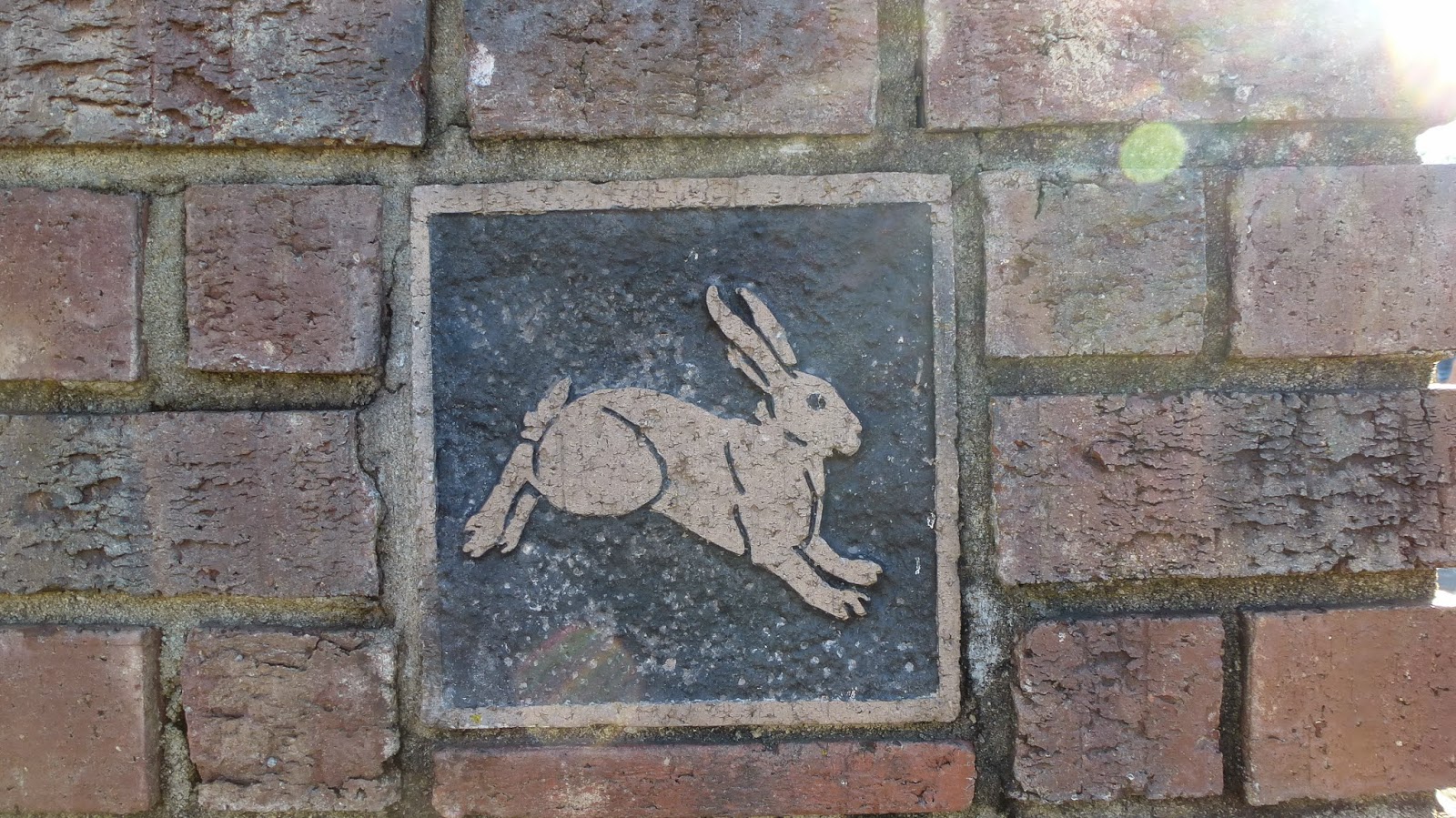Camelback Bridge over Deep River
Will and I are paddling a 6 mile section of the Deep River between Lee and Chatham Counties. This section accesses the Civil War era Endor Furnace. We began paddling at Deep River Park just upriver of this Camelback bridge. This particular bridge was originally over the Cape Fear River at Lillington. Built in 1901, it was paired with another camelback at that location. In 1930 it cracked and was removed. Half of the bridge was salvaged and placed on this site in 1932 replacing a covered bridge which had burned in 1929. In 1992 it was taken out of service and transferred to Deep River Park Association.
Disassembled and labeled stones from Endor Furnace
On the paddle to the furnace we spotted a bald eagle evidenced by the white tail as it flew off. As we neared the horseshoe left bend in the river just before the furnace we immediately spotted a place to land the kayaks. We had not seen many spots to land a kayak since putting in. So there was a good chance we might not have another opportunity. That proved to be the case. After securing the boats on the rocks, we walked along the river a few hundred yards to the furnace site. As we approached, we had to climb a steep bank. It turned out to be spent iron ore.
Spent iron ore
The furnace operated for 10 years between 1862 and 1872. It was built by several partners from Wilmington wishing to capitalize on Confederate war needs for iron. Iron ore was mined a few miles downriver. Coal was found a few miles upriver. However, the reason the furnace is situated where it is, is due to the brownstone quarry on the premises. The furnace produced pig iron for the Confederate arsenal at Fayetteville.
We were surprised to see the furnace covered in scaffolding with a metal roof over it. Nearby, many brownstone building blocks were stacked and labeled. I later learned this is a 2 million dollar project to restore the furnace. It appears some of the upper courses of brownstone and the side facing the river, have collapsed into the center. These are the pieces that were removed and stacked up. The rest of the structure remains intact.
Portion of Endor furnace left intact
There was a bridge from the top of the bluff in the photo above, to the top of the furnace. Fuel, flux and iron ore were placed in many layers. The flux agent used here is not known. It would be lime or crushed seashells. Neither have been found at the site. Once the fuel is lit, air is forced (blasted) into the opening seen above. The blast of air burns the fuel hotter until it melts the iron. As the melted iron makes its way from the top layers to the bottom, the flux agent helps expedite the process. At the bottom, the melted iron ore is collected and run off in a trough which empties the iron into molds. The molds are designed for the molded iron to be about the weight a strong man could lift.
We found lots of spent iron ore on the site. It was light and looked like melted glass. We also found some raw iron ore. It was very heavy.
Put this on your calendar for a return paddle in about a year when this restoration is complete.
Camelback Bridge










No comments:
Post a Comment